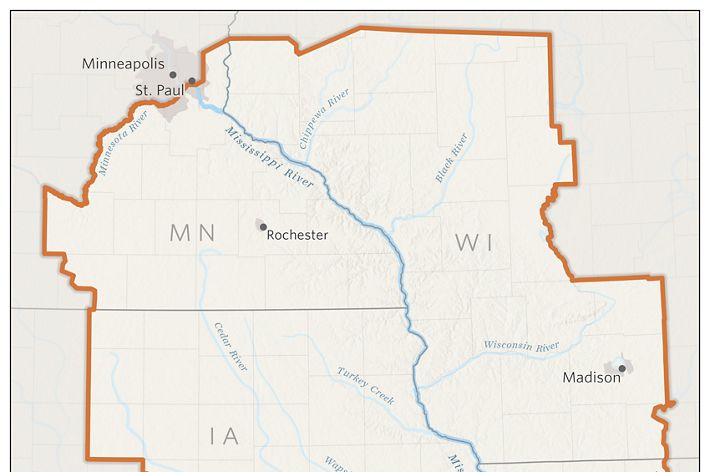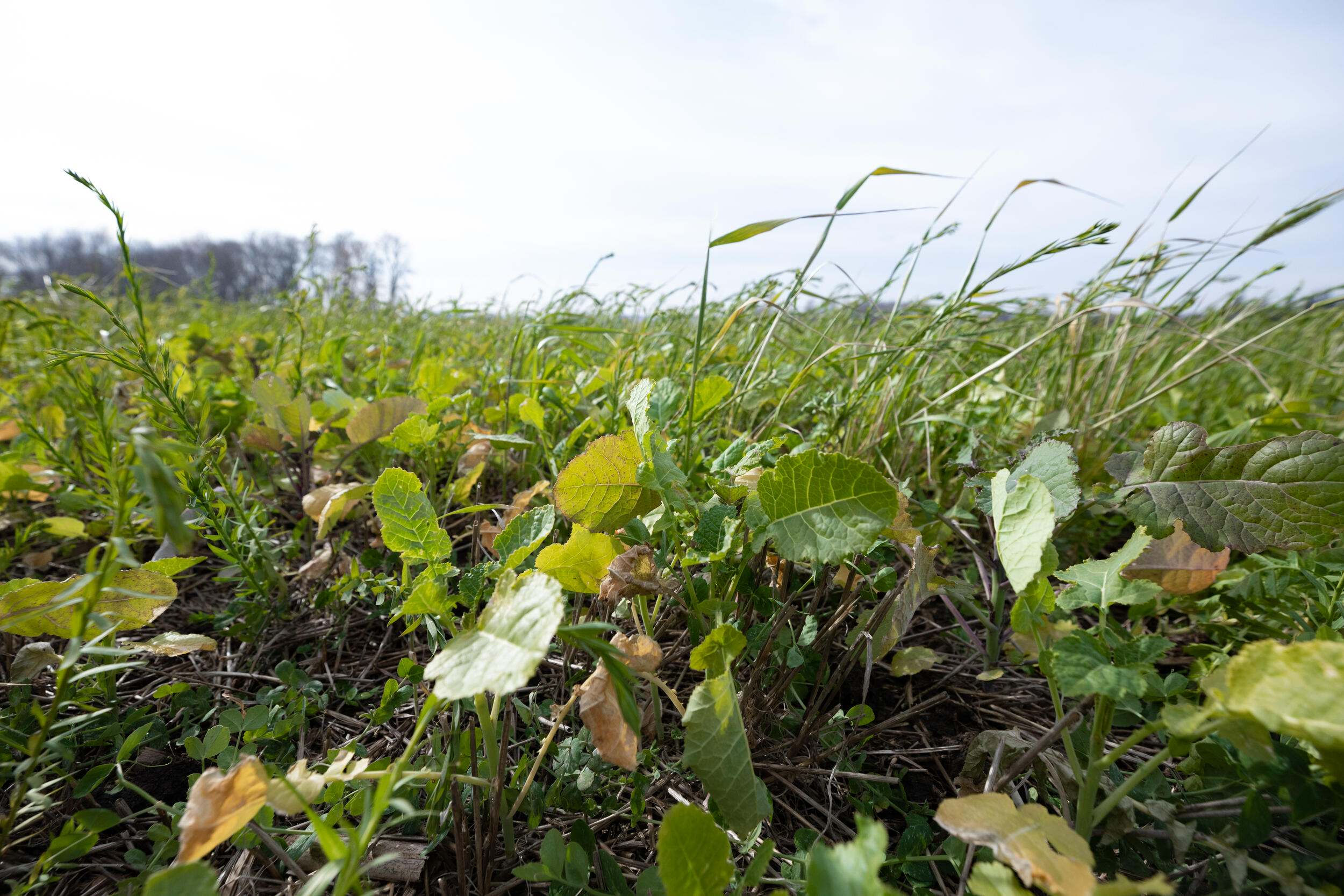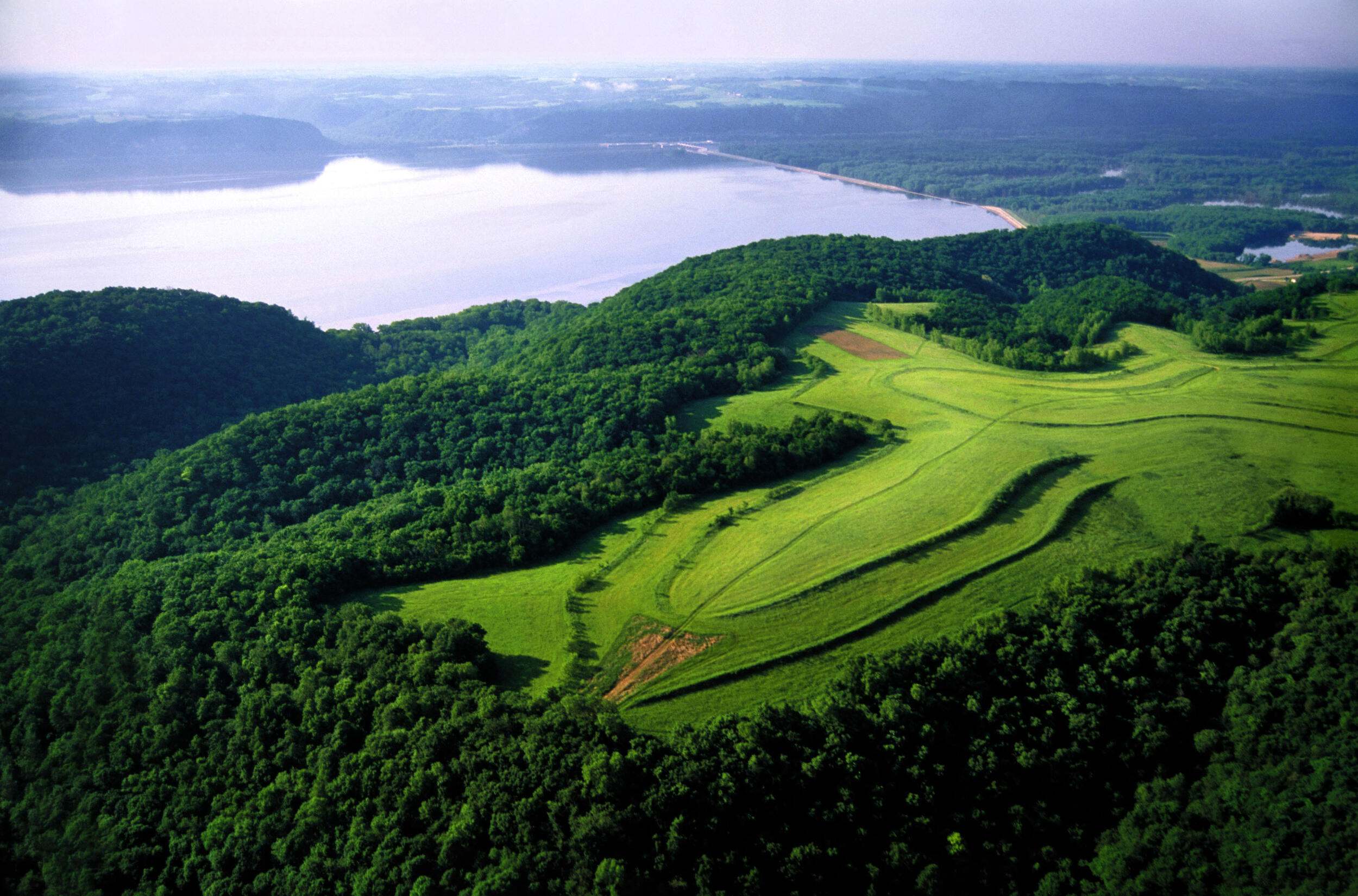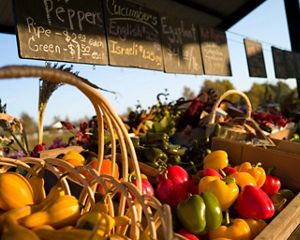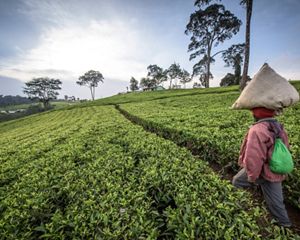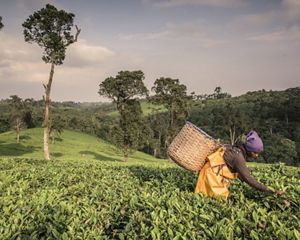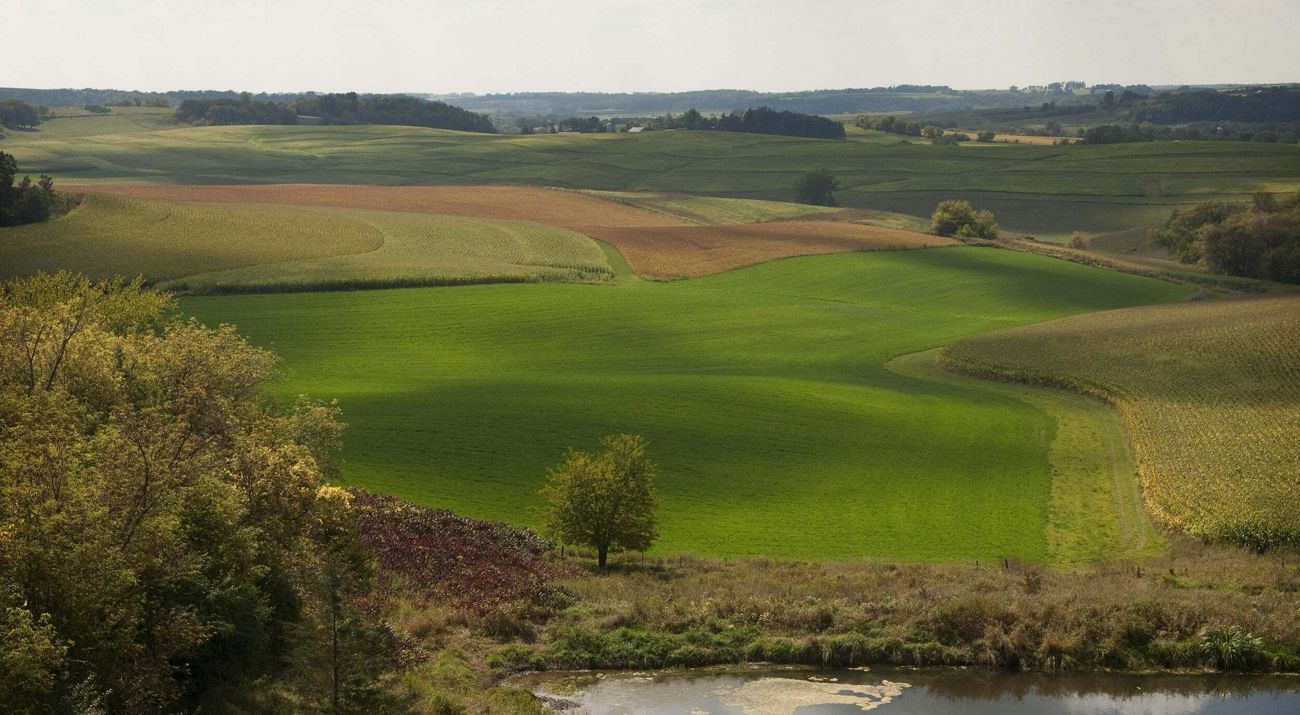
The Upper Mississippi River (UMR) Basin—encompassing portions of Illinois, Iowa, Minnesota and Wisconsin—is home to one of the most productive agricultural regions in the United States, producing billions of dollars’ worth of crops annually. The farming operations in this region are a vital lifeline for local communities, providing food, jobs and economic stability.
Unfortunately, some agriculture practices inadvertently pose significant environmental challenges. For instance, over 90% of the region’s row crop acres are dominated by corn and soybean crops. Although highly efficient, this form of a monoculture agriculture system has led to soil degradation, flooding risks, water quality and habitat concerns, and climate vulnerability.
Additionally, farmers’ livelihoods and quality of life are susceptible to market fluctuations given the limited diversity of the commodities they produce.
In response to these challenges, The Nature Conservancy launched the Upper Mississippi River Foodscape, a collaborative effort bringing together diverse players across the food and agriculture industries to help transition millions of acres of working lands to regenerative systems—systems that work in harmony with nature and deliver net-positive benefits for people and the planet.
Guided by science and building on more than 30 years of working with farmers and the larger agriculture industry, TNC’s UMR Foodscape initiative aims to enhance the region’s long-term ability to produce food. This approach promises to deliver significant economic benefits and stability to farmers and their communities, as well as enhance the natural communities and resources that make this region special.
The UMR Foodscape is one of several foodscape projects around the globe designed to transform the world’s food systems by supporting environmental, economic and social change at local and regional scales.
Quote: Lisa Kushner
Our aim is to help farmers create a regenerative agriculture system that will benefit their operations, their communities, and contribute to a healthier planet for us all.
What Is a Foodscape?
A foodscape is a specific area of food production, defined by the combination of biophysical characteristics and management attributes in that area. Simply put, a foodscape maps a portion of the global food system, categorized by ecological and human influence.
Catalyzing Change
The Upper Mississippi River Foodscape team aims to help producers shift 50% of the region’s agricultural lands to practices that improve water quality, carbon sequestration, biodiversity and resiliency by 2030. This transformation, which will help farmers secure their future while restoring and protecting nature, is possible by enhancing and scaling five areas of on-the-ground practices throughout the region:
-
Edge of Field
Implementing conservation techniques at the boundaries of farmland to slow, filter and process runoff, capturing excess nutrients and sediment. More about edge of field techniques
Our Path to Success
Accelerating and expanding the use of regenerative agriculture practices and systems throughout the Foodscape is an ambitious undertaking that requires collaboration across business, agriculture, science and political sectors. TNC has long partnered with public and private stakeholders throughout the food and agriculture industries. The Foodscape initiative is expanding upon these collaborations to unlock systemic levers of change for the benefit of farmers, communities and nature throughout the region and beyond. Explore our strategies below.
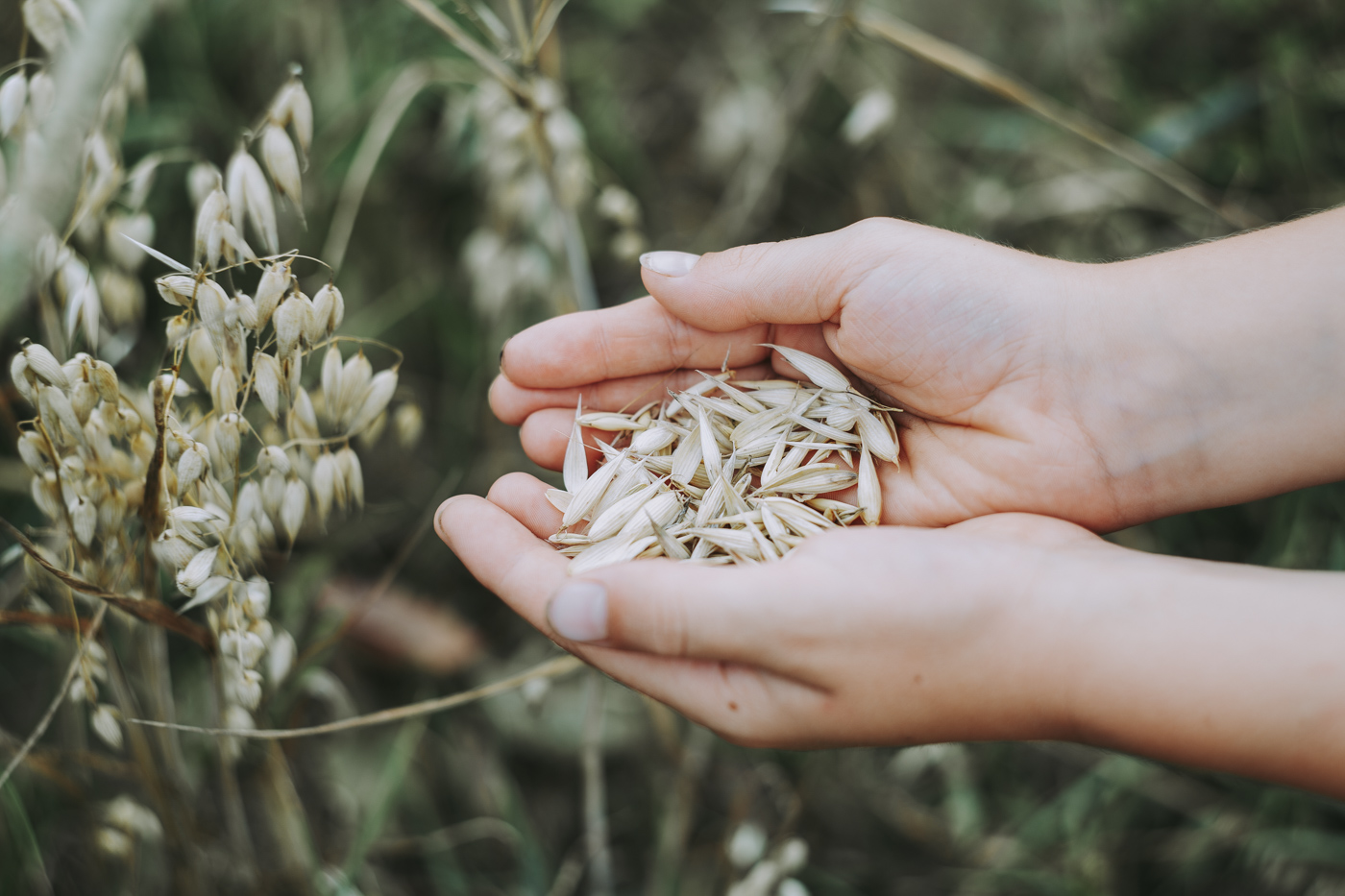

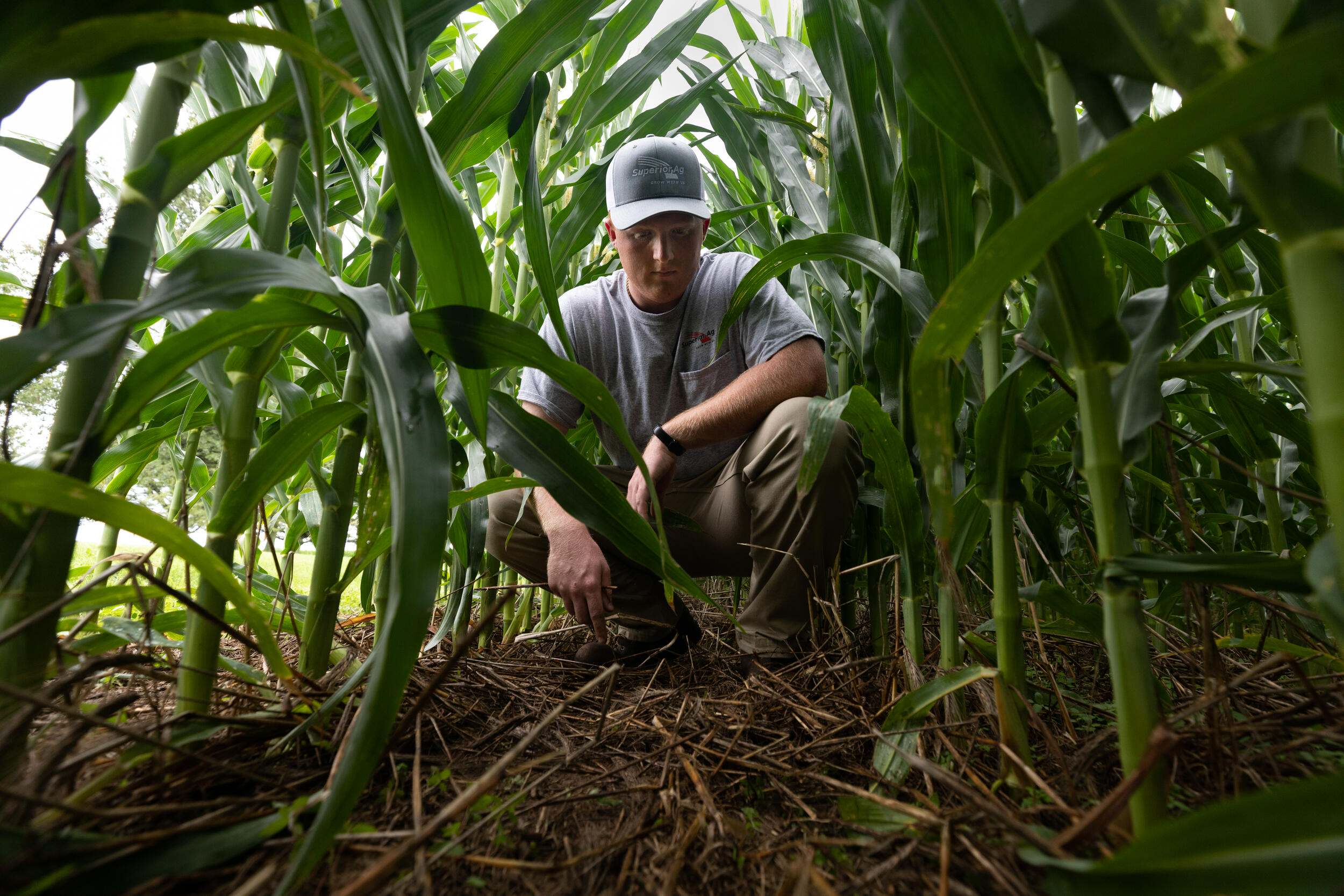
Research
The UMR Foodscape team is committed to using the best available science to achieve its goal and deliver better environmental outcomes from working lands and economic outcomes for producers.
Our team of scientists collaborates with other NGOs, universities and research institutions around the world to advance cutting-edge research and data-driven strategies in support of regenerative agriculture. Our commitment to science ensures that our projects are effective, scalable and impactful, paving the way for a resilient future.
Dive into some of our research
We only have years, not decades, to change the course of our planet, and part of the solution is shifting to a food system that restores nature instead of depleting it. The Upper Mississippi River Foodscape can serve as a model on how large-scale food production can enhance biodiversity and support a local food economy that invests in nature-based solutions.
We believe that robust agriculture fields nestled amongst the mighty Upper Mississippi River and its tributaries can produce nutrient-rich food and contribute to a healthy environment and thriving communities. That’s our definition of success.
Stay in the Loop.
Get conservation stories, news and local opportunities from where you live.
